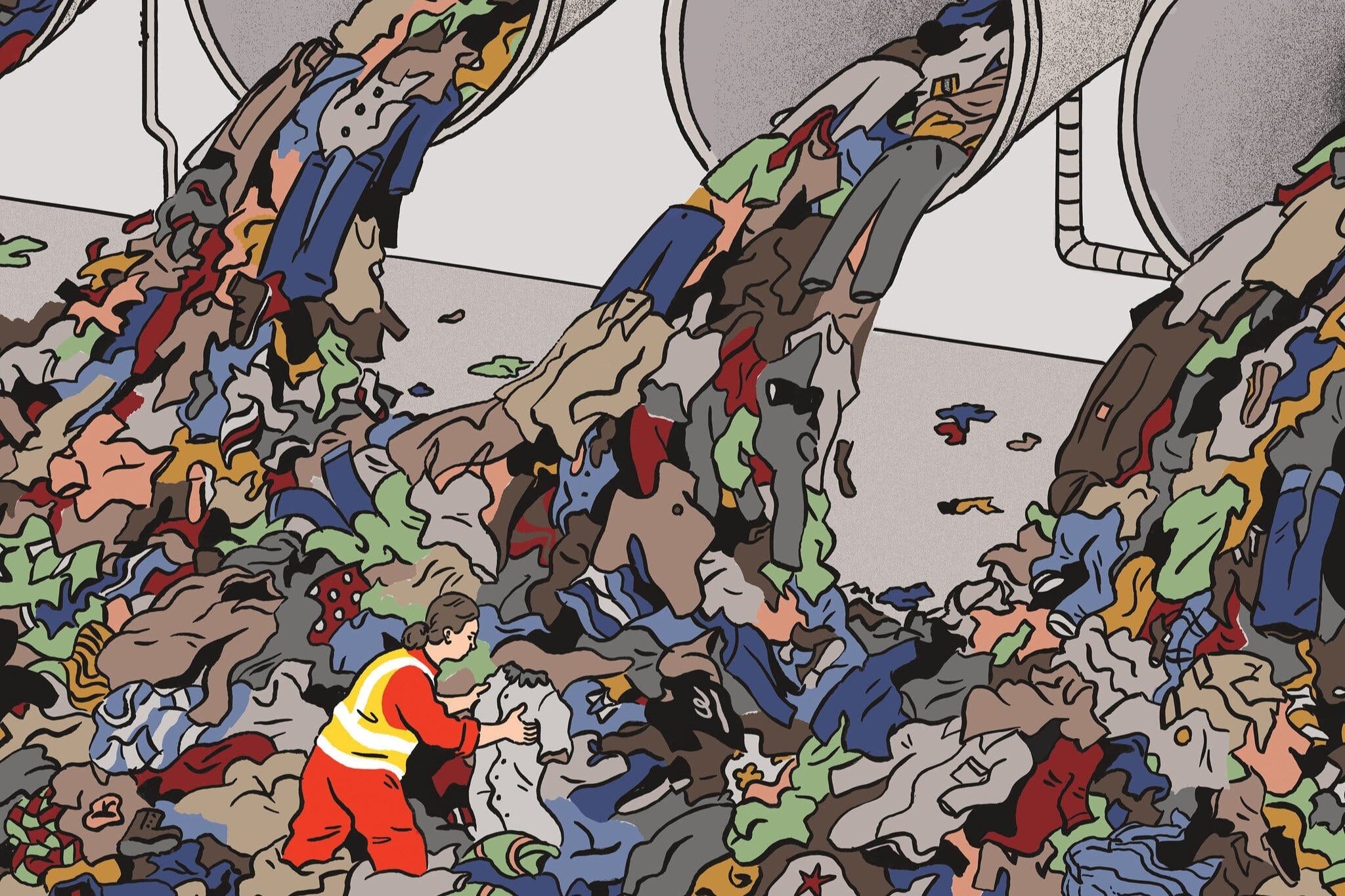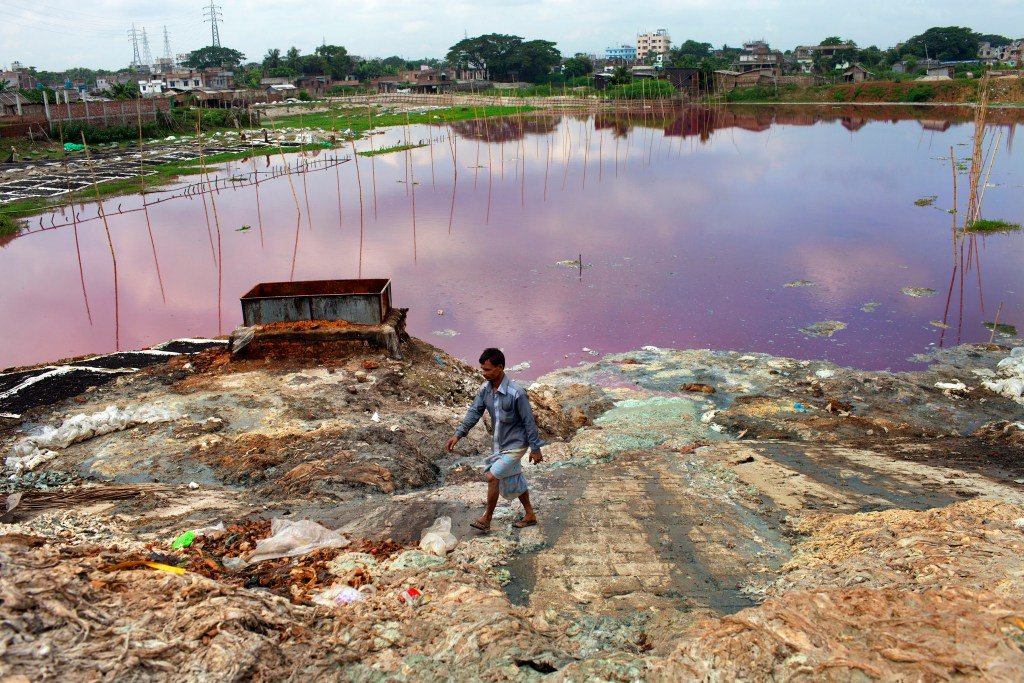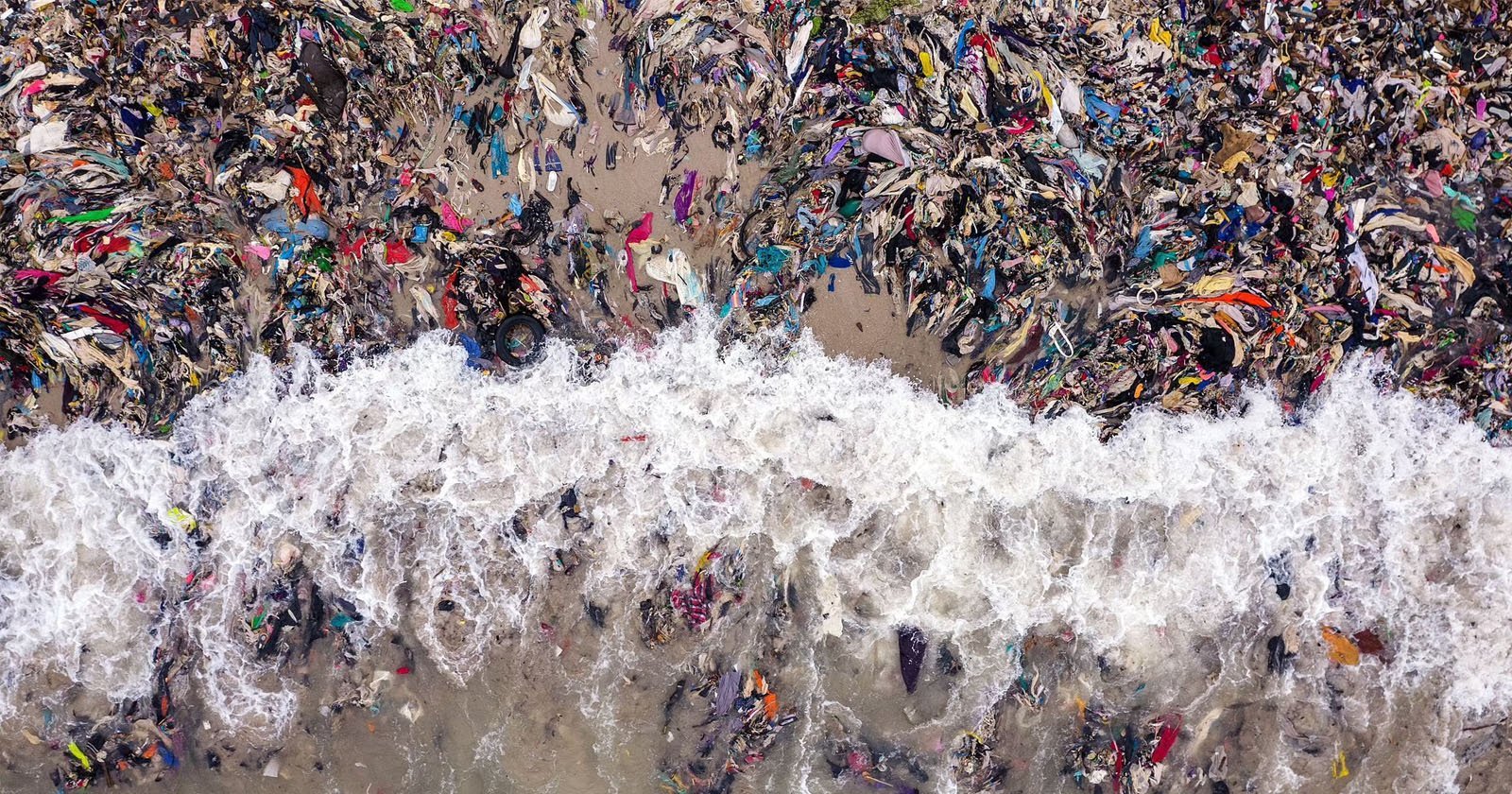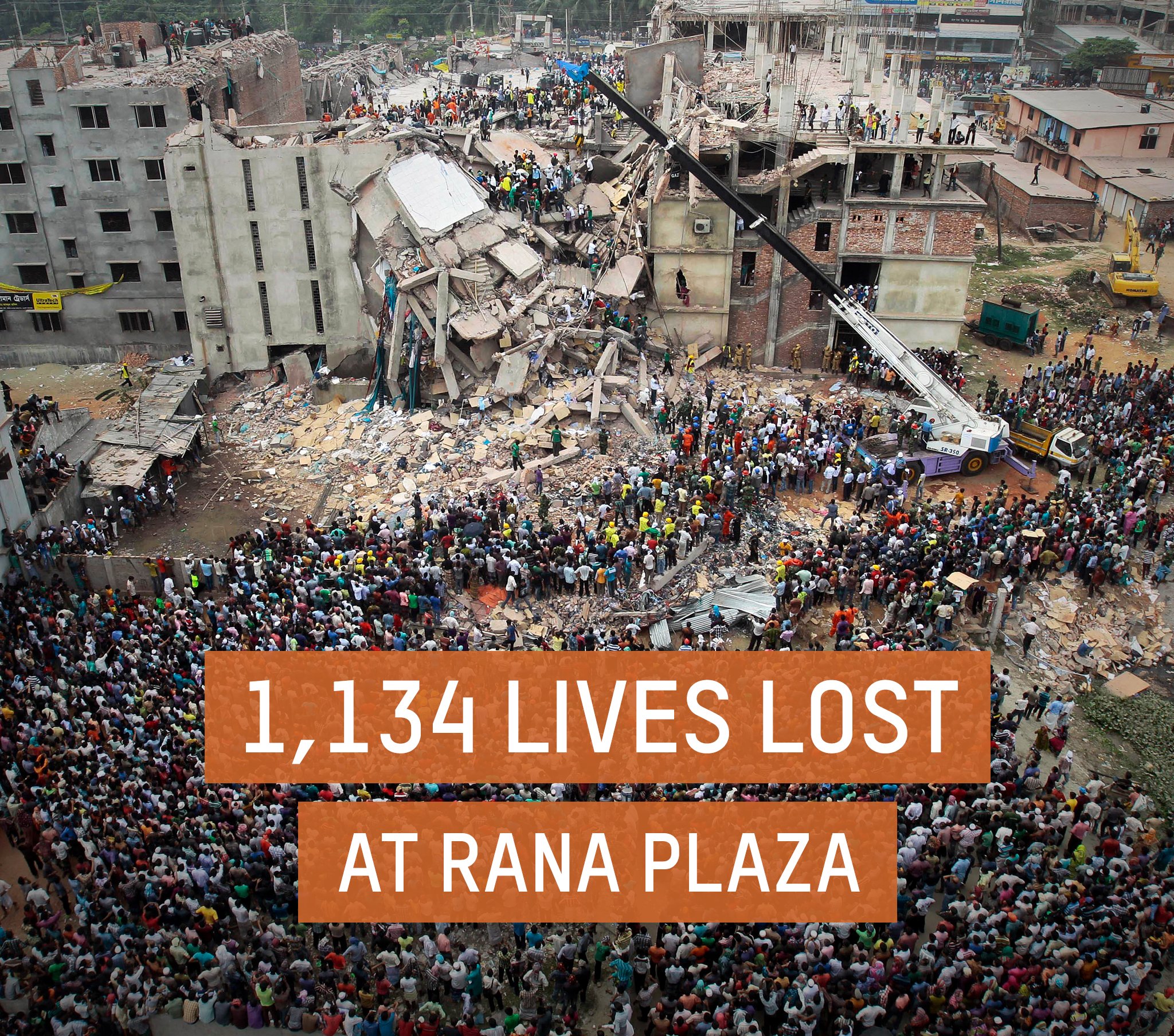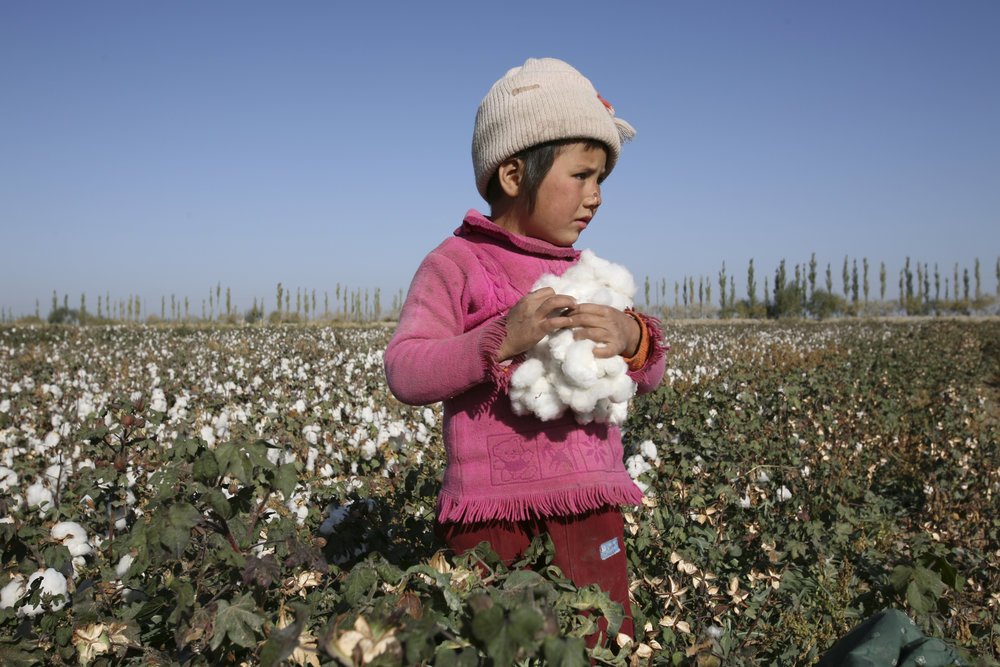THE FAST FASHION INDUSTRY
Fast fashion is a term used to describe the rapid production and consumption of inexpensive clothing that is designed to be quickly replaced by newer and trendier styles. This business model has become increasingly popular in recent years, thanks to the rise of online shopping and the desire for constant novelty in fashion. Fast fashion brands produce clothing at an incredibly fast pace, often producing new collections every few weeks, and then selling them at very low prices. This rapid production and cheap pricing come at a cost, both to the environment and to the workers who produce the clothing.
The fast fashion industry has a significant and detrimental impact on the environment. The production processes and business practices associated with fast fashion contribute to various environmental problems, including:
Resource Depletion: The production of fast fashion garments requires vast amounts of natural resources such as water, energy, and raw materials. Water is used extensively in textile production, from growing cotton to dyeing fabrics. The extraction and processing of raw materials, such as oil for synthetic fibers, also contribute to resource depletion.
Pollution: Fast fashion production releases a significant amount of pollutants into the environment. Chemicals used in dyeing and finishing textiles often end up contaminating water bodies, causing water pollution and harming aquatic ecosystems. The energy-intensive production processes emit greenhouse gases, contributing to climate change.
Waste Generation: The fast fashion model promotes a culture of disposable clothing, where garments are worn only a few times before being discarded. This leads to a massive amount of textile waste, as most fast fashion items are made from synthetic fibers that do not readily decompose in landfills. The disposal of textiles contributes to landfill overcrowding and can release harmful substances as the garments break down.
Deforestation: The demand for natural fibers, especially cotton, in fast fashion leads to deforestation. Forests are cleared to make way for cotton plantations, causing habitat loss, biodiversity decline, and soil degradation.
Ethical concerns: While not strictly an environmental impact, the unethical treatment of workers in the fast fashion supply chain is closely tied to environmental sustainability. Exploitative labor practices, low wages, and unsafe working conditions are common in many fast fashion factories, perpetuating social injustice.
Worker exploitation is a deeply concerning issue within the fast fashion industry. The relentless pursuit of fast and cheap production often comes at the expense of workers' rights and well-being. Here are some key aspects of worker exploitation in fast fashion:
Low Wages: Workers in fast fashion supply chains, particularly in developing countries, are frequently paid extremely low wages that are often below a living wage. This means that workers struggle to meet their basic needs and support themselves and their families.
Unsafe Working Conditions: Many fast fashion factories have inadequate safety measures in place, exposing workers to hazardous environments. This can include faulty ventilation, fire hazards, lack of protective equipment, and poor building infrastructure, which puts workers' health and safety at risk.
Excessive Working Hours: To meet demanding production schedules, workers often have to work long hours, including overtime. This can lead to fatigue, physical and mental health issues, and an imbalance between work and personal life.
Limited Workers' Rights: Fast fashion workers, especially those in countries with weak labor laws, may face limitations on their rights to form unions or voice their concerns. This lack of representation makes it challenging for workers to advocate for their rights and improve their working conditions.
Exploitation of Vulnerable Groups: Fast fashion supply chains have been found to exploit vulnerable groups such as migrant workers, refugees, and women and children. These individuals may be subjected to even harsher working conditions, lower wages, and greater risks of abuse and exploitation.
As concerns grow over the environmental and social impacts of fast fashion, sustainable alternatives have emerged that promote ethical practices and reduce harm to the planet. Here are some sustainable alternatives to fast fashion:
Slow Fashion: Slow fashion encourages a more mindful and conscious approach to clothing consumption. It focuses on producing high-quality garments that are meant to last, using sustainable materials and ethical production methods. Slow fashion brands prioritize durability, timeless designs, and fair wages for workers.
Ethical and Fair Trade Brands: Supporting ethical and fair trade fashion brands ensures that workers are paid fair wages and provided with safe working conditions. These brands often have transparent supply chains, prioritize sustainable materials, and uphold strict ethical standards.
Second-Hand Shopping: Buying second-hand clothing from thrift stores, consignment shops, or online marketplaces is an excellent way to extend the lifespan of garments and reduce textile waste. It allows for unique and affordable fashion finds while minimizing the environmental impact of new production.
Renting and Clothing Swaps: Renting clothes for special occasions or subscribing to clothing rental services reduces the need for purchasing new items that may only be worn once or twice. Clothing swaps with friends or local communities provide an opportunity to refresh wardrobes without contributing to overconsumption.
Upcycling and DIY: Revitalizing old clothing through upcycling projects promotes creativity and reduces waste. By repurposing or transforming garments, individuals can create unique, personalized pieces while minimizing their environmental footprint.
Supporting Local and Independent Designers: Seek out local and independent fashion designers who prioritize sustainable practices and transparency. Supporting these businesses not only encourages sustainable fashion but also contributes to local economies and fosters creativity.
Conscious Consumerism: Practicing mindful and conscious consumerism involves considering the social and environmental impact of purchases. Before buying new clothing, ask questions about the brand's sustainability efforts, labor practices, and material sourcing. Prioritize quality over quantity, and opt for versatile pieces that can be mixed and matched to create different looks.
By adopting these sustainable alternatives, individuals can contribute to a more ethical and environmentally responsible industry. Together, these choices promote greater transparency, fair treatment of workers, reduced waste, and a shift toward more sustainable and mindful fashion consumption.Fast fashion may be convenient and affordable, but it comes at a significant cost to the environment and workers. The production of clothing at a rapid pace, using unsustainable materials and unethical production methods, has led to a significant impact on the environment and worker exploitation. It is essential to consider the impact of our purchasing decisions and to support sustainable alternatives that prioritize transparency, ethics, and environmental responsibility.
If you'd like to learn more about the harms of fast fashion, please click on the links below.
7 Must-See Fast Fashion Documentaries
A List of 41 Fast Fashion Brands To Avoid
Child Labour in the Fashion Supply Chain

